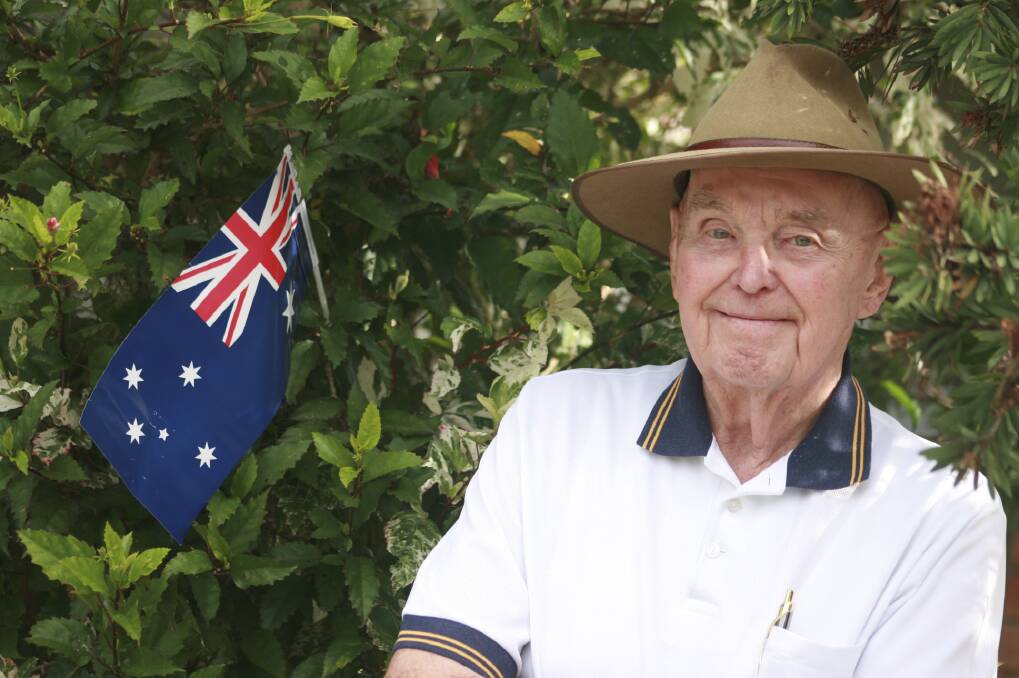
ONE of the Port's well-known WWII veterans, Bart Richardson OAM, 94, will celebrate Anzac Day in Sydney as part of the city's parade, marching to remember those who did not make it home as a result of war.
Subscribe now for unlimited access.
or signup to continue reading
Mr Richardson, who grew up in Raymond Terrace and now lives in Shoal Bay, served as a Lieutenant with the 2/20th Australia Infantry Battalion and was taken prisoner of war (POW) at the fall of Singapore.
When asked what Anzac Day meant to him, Mr Richardson said it was to pay homage.
"It's a good day but it's not a cause for glory, there is no glory in war for anyone. It's a tribute we pay for those who did not come home," he said.
Mr Richardson spent about three-and-a-half years as a POW working on the infamous Burma-Thailand Railway spent the rest of the war in Changi POW camp. As the battalion orderly officer Mr Richardson took the phone call on December 8 to report to the battalion commanding officer that the Japanese had bombed Singapore.
"Singapore was never an un-impregnable fortress, it was quite unprepared for such an attack which did extensive damage . . . two warships were sent from England for support but were both sunk by the Japanese as they did not have sufficient air support," he said.
"The Japanese had captured the water reservoirs onSingapore and turned off the water, there was no water at all on the island.
"Then much to the surprise of the thousands of Australian and British troops throughout Singapore, the British General surrendered to the Japanese and all troops became prisoners of war."
Mr Richardson, along with others, were sent to work on the Burma-Thailand Railway.
The railway was to be a new link between Thailand and Burma which would help supply the Japanese campaign against the Allies in Burma. It ran 420 kilometres through rugged jungle and was built by a captive labour force of about 60,000 Allied prisoners of war and 200,000 "romusha", or Asian labourers.
Relentless labour and inadequate rations in a deadly tropical environment caused huge loss of life. By the time the railway was completed in 1943, at least 2815 Australians, more than 11,000 other Allied prisoners and an estimated 75,000 romusha were dead.
Mr Richardson said he survived due to "a lot of luck".

